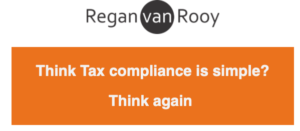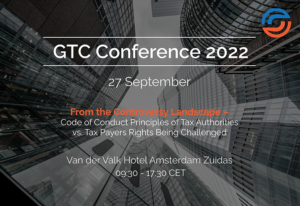By ENSAfrica
Groups of companies often wish to restructure or rationalise their operations. This generally involves a transfer of companies and/or assets between various entities. There are many commercial drivers for such transactions.
There are also a variety of ways in which the group can achieve its commercial goals. Depending on how the transactions are structured, the tax effects will be very different. There will be tax-efficient ways in which to achieve the group’s commercial goals and there will be tax-inefficient options which achieve the same commercial result.
Against this background, it is then necessary to apply South Africa’s anti-tax-avoidance provisions. In simple terms, there are two sets of rules which need to be considered. First, the statutory anti-tax-avoidance provisions contained in section 80Al of the Income Tax Act; and second, the common law provisions relating to simulated transactions.
In respect of the statutory rules, the principle that a taxpayer may arrange his or her affairs in a tax-efficient manner was confirmed in the case of Commissioner of Inland Revenue v Conhage. (Pty) Ltd. In this case, the taxpayer required funding. It raised the funding through a sale and lease-back transaction with a bank.
The Supreme Court of Appeal found that “even if the particular type of transaction was chosen solely for the tax benefits, it would be wrong to ignore the fact that, had Tycon not needed capital, there would not have been any transaction at all. Tycon did not approach First Corp in order to alleviate its tax burden: it did so because it was in need of capital and this remained the main purpose of the transactions”.
This means that, in terms of South African tax law, provided the purpose of the taxpayer in entering into the transaction was to achieve a commercial result (and not to obtain a tax benefit), the taxpayer is free to enter into a tax-efficient way in which to achieve such commercial goal.
Then one needs to consider the common law doctrine of simulated transactions. In this regard the tax waters were muddied by the decision in the case of SARS v NWK Limited. This case seemed to introduce a requirement that, in order for a transaction not to be simulated, it was necessary to examine the commercial sense of the transaction, to test its real substance and purpose.
If a transaction lacked a commercial purpose then, in terms of this judgment, it was arguable that it constituted a simulated transaction. However, in the cases of Roshcon (Pty) Ltd v Anchor Auto Body Builders and Commissioner for South African Revenue Service v Mariana Bosch, it was held that simulation is a question of the genuineness of the transaction under consideration. If it is genuine then it is not simulated and if it is simulated then it is a dishonest transaction, whatever the motives of those who concluded the transaction. It is clear from these latter cases that the simulation doctrine requires an element of dishonesty, disguise or deception. In the absence thereof, this doctrine cannot apply.
In applying this principle to genuine transactions, it is therefore not necessary for a court to test whether such transactions have a commercial purpose as suggested by the NWK case.
If a particular transaction is attacked by SARS using the simulation doctrine then the prescription rules do not apply. This means that SARS can go back to transactions which took place more than three years prior to their investigation. This also means that the interest bill on any revised assessment issued by SARS may be significant given the time between the transaction and such revised assessment. Penalties may be added to the revised assessment. However, the legal principles are clear. Provided the taxpayer entered into the transaction with the purpose of achieving a commercial objective and the transactions were not disguised or dishonest, then the anti-tax-avoidance provisions/simulation doctrine should not apply.











